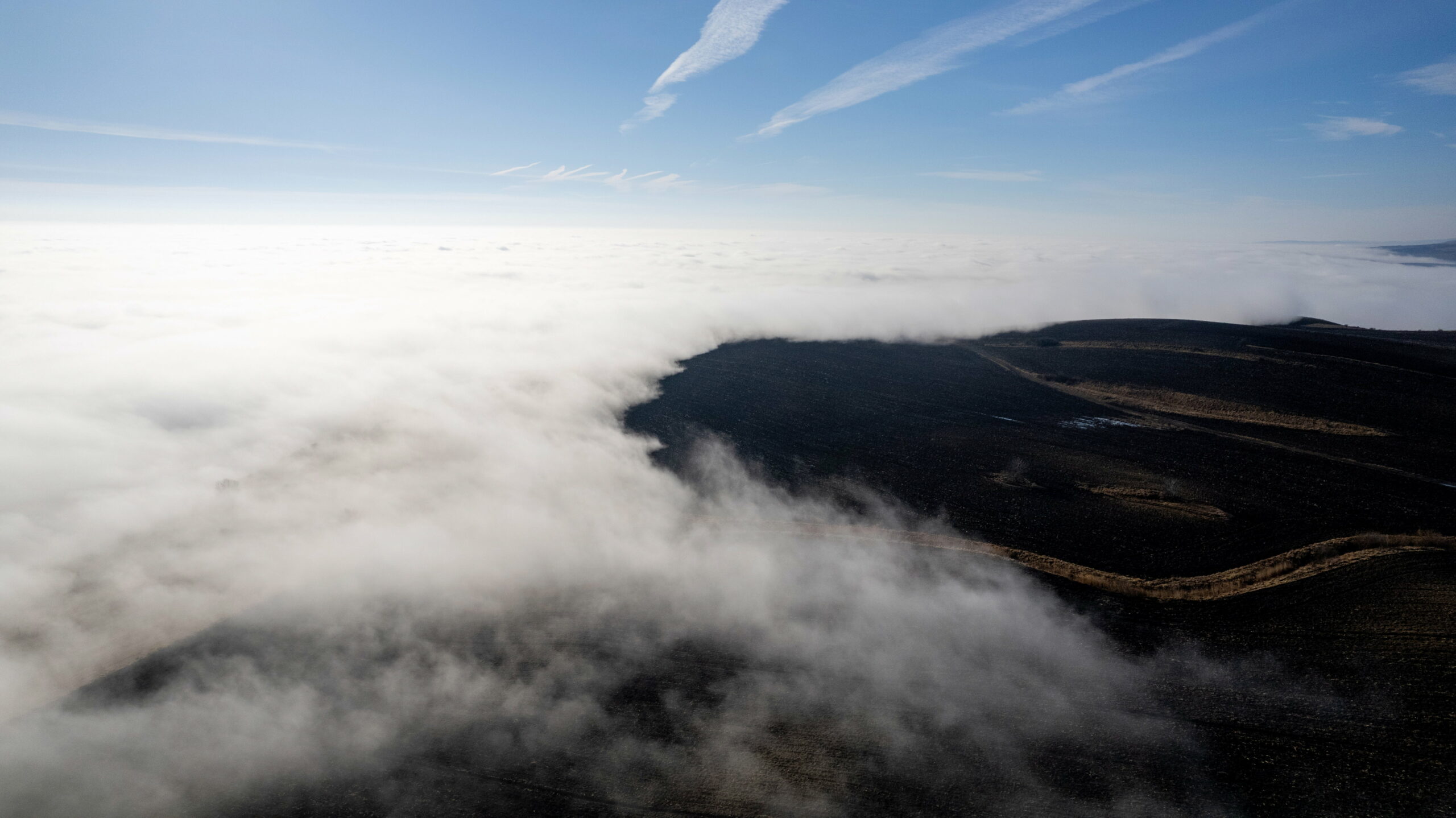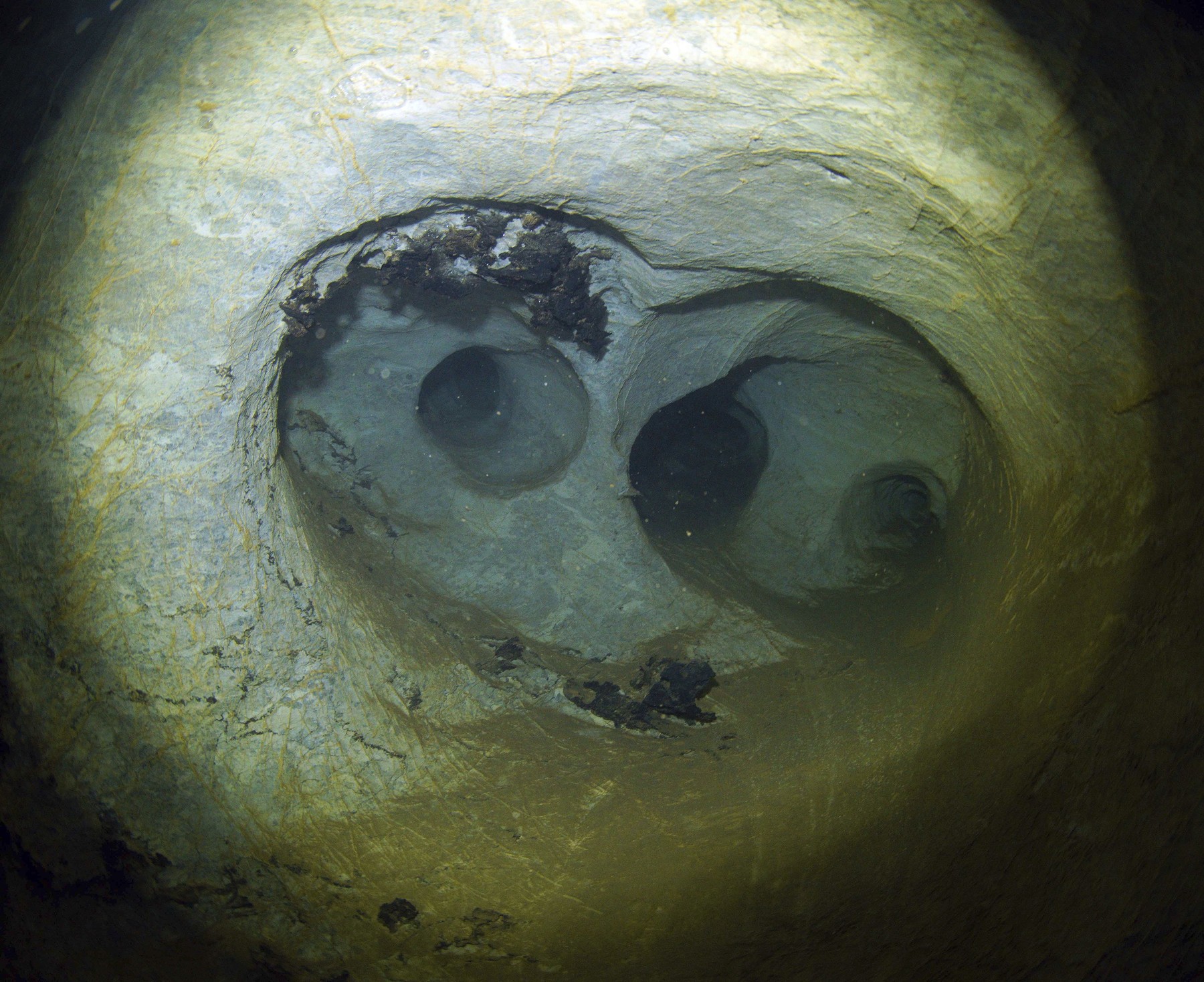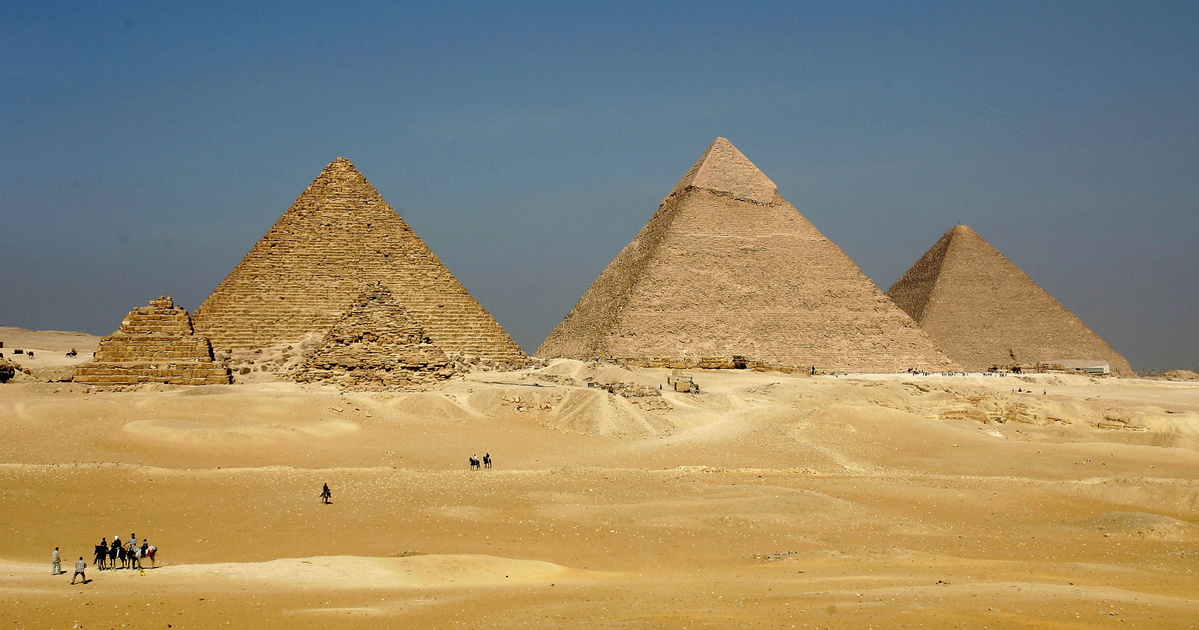Researchers from Aix-Marseille University in France, led by geographer Hader Shisha, have reconstructed what the Egyptian Nile River would have looked like in the last 8000 years with the help of paleobiology artifacts.
According to a study published August 24 in the Proceedings of the National Academy of Sciences, pyramid builders likely used a “dead” branch of the river to transport building materials. Their results clearly show that the high river levels helped build the Giza pyramid complex about 4,500 years ago, CNN reports.
The height of the Great Pyramid of Giza is about 140 meters, and it was commissioned by Pharaoh Hofu in the 26th century BC. It consists of 2.3 million stone blocks with a total weight of 5.75 million tons (16 times more than one of New York’s largest landmarks, the Empire State Building), and the largest of the Giza pyramid group. The other two main pyramids belong to the son of Khufu Khafre and his grandson Menkaure.
Built on the Giza plateau bordering Cairo, surrounded by temples, tombs and workers’ places, the buildings are considered the oldest of the Seven Wonders of the Ancient World.
What is it used for?
Scholars have long assumed that the ancient Egyptians must have exploited the earlier parts of the Nile to transport the tons of limestone and granite needed to build the gigantic structures. (The current waterways of the Nile are too far from the pyramid sites to be useful.)
This interpretation, known as the “river port complex” hypothesis, posits that ancient Egyptian engineers cut a small channel from the pyramid site to the Khufu branch of the Nile along the western edge of the river’s floodplain and swept the basins to the river bed.
According to researchers, the annual flood acted as a hydraulic lift, which allowed to transport huge blocks of stone to the construction site.
Using a combination of techniques to reconstruct the floodplains of the ancient Nile, the research team concluded that Egyptian engineers used the now-dry Khufu branch of the Nile to transport building materials from point A to point B.
First, layers of rock taken from core excavated from the Giza flood plain in 2019 were analyzed to estimate the water level in the Khufu branch thousands of years ago. They also examined fossilized pollen grains from mud deposits in the Khufu region to identify areas rich in vegetation that indicate high water levels.
Their data showed that the Khufu region flourished during the first half of the Old Kingdom of Egypt, between 2700 and 2200 BC, when the three main pyramids were probably built. During the reign of Pharaohs Khufu, Khafre and Menkaure, the water level in the branch was still high.
The research team in the study noted that from the 3rd to the 5th Dynasty, the Khufu branch clearly provided a favorable environment for the formation and development of the pyramid building site and helped the builders plan the transportation of stones and materials by ship.
But in the late period of Egypt, from 525-332 BC, the water level of the Khufu branch decreased during the dry period, a finding consistent with studies of oxygen in the teeth and bones of mummies, reflecting the decrease in water consumption. By the time Alexander the Great conquered Egypt in 332 BC, the Khufu branch was just a small canal.
It means the future in search of the past
For Joseph Manning, a classical historian at Yale University, the revolutionary research is an example of how paleoclimatology has fundamentally changed our understanding of human history.
We see more and more realistic and dynamic human societies that are farther in time
– Tell to CNN.
“These new techniques, such as pollen analysis used in this study, allow scientists to study communities thousands of years ago,” Manning added.
The historian said: “In the past, ancient Egyptian historians relied mainly on texts to understand Egyptian society, but this method seems to be falling apart and being replaced by new technologies.”
(Cover Photo: The Three Pyramids of Menkaure, Khafre and Khufu in Giza, Egypt. Photo: Sean Gallup/Getty Images)









































